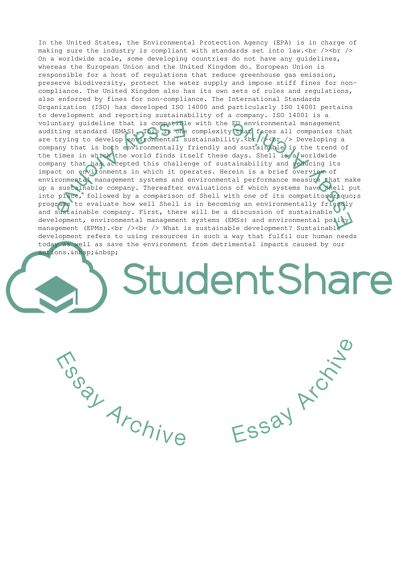Cite this document
(Sustainable Development of Shell Corporation Case Study, n.d.)
Sustainable Development of Shell Corporation Case Study. Retrieved from https://studentshare.org/business/1568204-environmental-report-shell
Sustainable Development of Shell Corporation Case Study. Retrieved from https://studentshare.org/business/1568204-environmental-report-shell
(Sustainable Development of Shell Corporation Case Study)
Sustainable Development of Shell Corporation Case Study. https://studentshare.org/business/1568204-environmental-report-shell.
Sustainable Development of Shell Corporation Case Study. https://studentshare.org/business/1568204-environmental-report-shell.
“Sustainable Development of Shell Corporation Case Study”, n.d. https://studentshare.org/business/1568204-environmental-report-shell.


